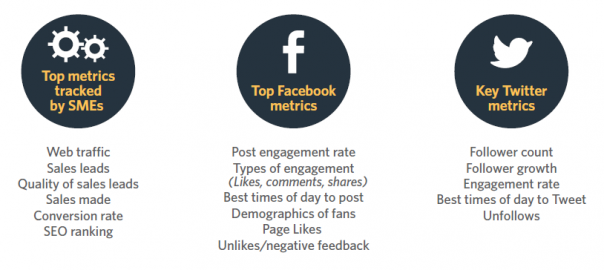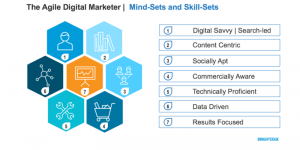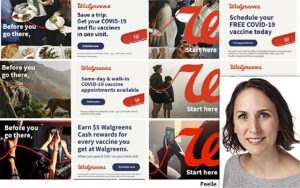
From sessions to unique visits, clicks to goal completions, Likes to engagement rates — the list of digital marketing metrics is endless. The trick is to recognise which metrics matter (and matter most to your clients). During our recent webinar, ‘Growing your digital marketing agency: solving the measurement puzzle,’ our panellists discussed which metrics are essential and identified ‘vanity’ metrics which should be left behind.
The great advantage that digital marketing has over almost all other forms of marketing is the sheer number and variation of metrics available. There are ‘hard’ metrics, such as site visits, page views, clicks, downloads, and conversions, where value is largely attributed based on quantity; and then there are ‘soft’ metrics, such as engagement, positive advocacy and sentiment, which are more about quality and the strength of relationships.
While most marketing teams will be encouraged to focus on hard metrics, anyone involved with brand marketing and reputation management is likely to need soft metrics (we explore brand metrics in some detail below). Regardless of their focus, the two big questions that all marketers start with are: which metrics do I really need (and, conversely, which ones can I ignore)? And, where can I find the ones I need?

Where to find digital marketing metrics
When we asked our panellists for the best sources of digital marketing data, they suggested that every business needs a combination of:
- Google tools (Analytics, Search Console, Adwords)
- an SEO tool such as Moz
- an email marketing tool
- social network insights such as those offered by Facebook, Twitter and YouTube
- specialist tools for influencer marketing and analysis
Social media metrics were highlighted in our webinar as being particularly difficult to source. While Facebook, Twitter, Pinterest and YouTube all offer detailed analytics, with elements of demographic data and other valuable insights, Google Plus provides only basic information, while Instagram offers virtually no data, beyond your follower count.
Metrics to avoid
We also asked our panellists which metrics they would throw out of their measurement plans, given the opportunity. Here’s what they said:
Page Likes
Social media consultant, Luke Brynley-Jones, was keen to see the back of Likes, saying:
“with Facebook reducing organic reach to just 2-3% for most business pages, Likes have been devalued to virtually nil. You’re far better to focus on engagement”.
Reach
Sean Clark made a strong case for dropping reach from your list of KPIs:
“personally, I’m not interested in reach. I’m interested in building focused audiences. I’d rather have a hundred people really interested in what I’ve got to say than 100,000 that aren’t”.
Email open rates
Tamsin Fox-Davies from Constant Contact offered some experienced advice on email marketing:
“your open rate for email marketing is just an indicator. The real thing that you should be paying attention to is your click-through rate and specific click-throughs, click-throughs on your main call to actions”.
The full version of this whitepaper is free to download and features expert guidance about how a digital marketing business should approach measurement.
Digital & Social Articles on Business 2 Community(40)
Report Post






